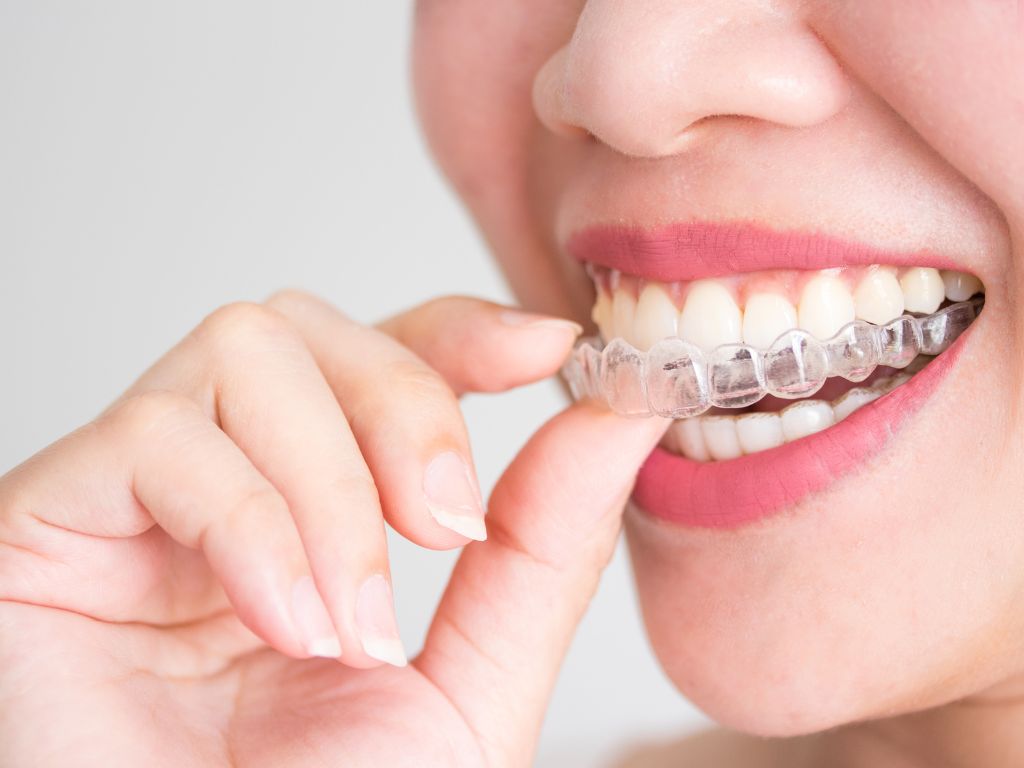Mouthguard for Braces: How to Protect Your Smile During Sports & Activity
Braces are a big investment in your smile—but they also make your mouth more vulnerable during sports and physical activity. That’s why wearing a properly fitted mouthguard for braces is one of the best ways to protect your teeth, gums, and orthodontic appliances from injury.
Whether your child plays competitive sports or you enjoy recreational athletics, a mouthguard should be part of your standard gear. Here’s what you need to know, especially if you’re currently undergoing orthodontic treatment.
Why You Need a Mouthguard With Braces
Traditional mouthguards are designed to protect teeth from impact, but when you have braces, there are additional concerns:
- Brackets and wires can cut or irritate your cheeks and lips on impact
- A blow to the mouth can break braces, causing delays in treatment
- Dislodged brackets or wires may require emergency orthodontic care
A mouthguard made specifically for braces provides cushioning that absorbs shock while accommodating your orthodontic hardware. It helps minimize the risk of soft tissue injury and costly repairs.
Types of Mouthguards for Braces
There are several types of mouthguards available, each with unique pros and cons:
1. Orthodontic-Specific Mouthguards
These are designed to fit over braces without interfering with tooth movement. They’re made from medical-grade silicone and don’t require molding.
- Best for: Most athletes with braces
- Pros: No boiling required, re-moldable as teeth shift, comfortable
- Example brands: Shock Doctor, SISU
2. Boil-and-Bite Mouthguards
These are softened in hot water and then molded to the teeth and braces. Some orthodontic-safe versions are available, but they must be chosen carefully.
- Best for: Short-term use or backup mouthguards
- Pros: Inexpensive, available at sporting goods stores
- Cons: Can interfere with braces if not made for orthodontic use
3. Custom Mouthguards
Custom guards are made by your orthodontist or dentist using a mold of your teeth. However, they aren’t always ideal during active orthodontic treatment because teeth shift frequently.
- Best for: Non-braces wearers or post-treatment
- Pros: Excellent fit and comfort
- Cons: Not ideal for changing tooth positions, more expensive
What to Look for in a Mouthguard for Braces
When choosing a mouthguard for braces, look for these features:
- Braces-compatible design: Specifically labeled for orthodontic use
- No boil or re-moldable material: So it adapts as teeth shift
- Full coverage: Protects upper teeth and braces, sometimes lower teeth too
- Comfortable fit: Easy to speak and breathe with
How to Care for Your Mouthguard
- Rinse before and after use with cool water
- Clean regularly with mild soap and a toothbrush
- Store in a ventilated container to prevent bacteria buildup
- Inspect for signs of wear and replace when needed
Protecting Your Smile On and Off the Field
At Outstanding Orthodontics, we want your smile to stay safe while you stay active. Wearing a properly fitted mouthguard during sports is just as important as your regular orthodontic checkups.
If you’re unsure which type is right for you or your child, we’re happy to recommend options that work best with your braces and activity level.
Schedule a Consultation for Braces & Protection
From customized treatment plans to advice on sports safety, Outstanding Orthodontics is here to support your smile every step of the way. Contact us to schedule your consultation or ask about orthodontic mouthguard options.





